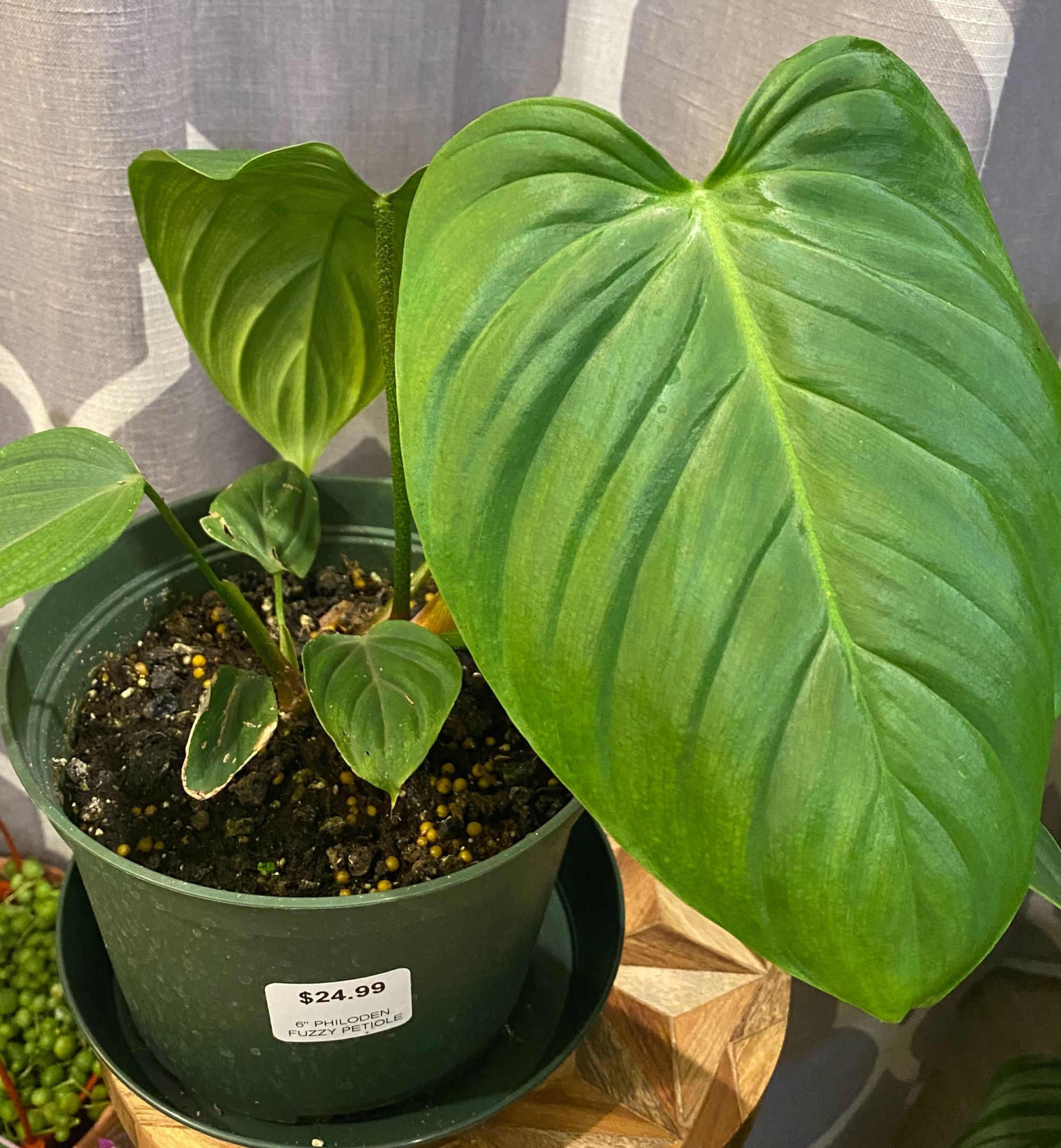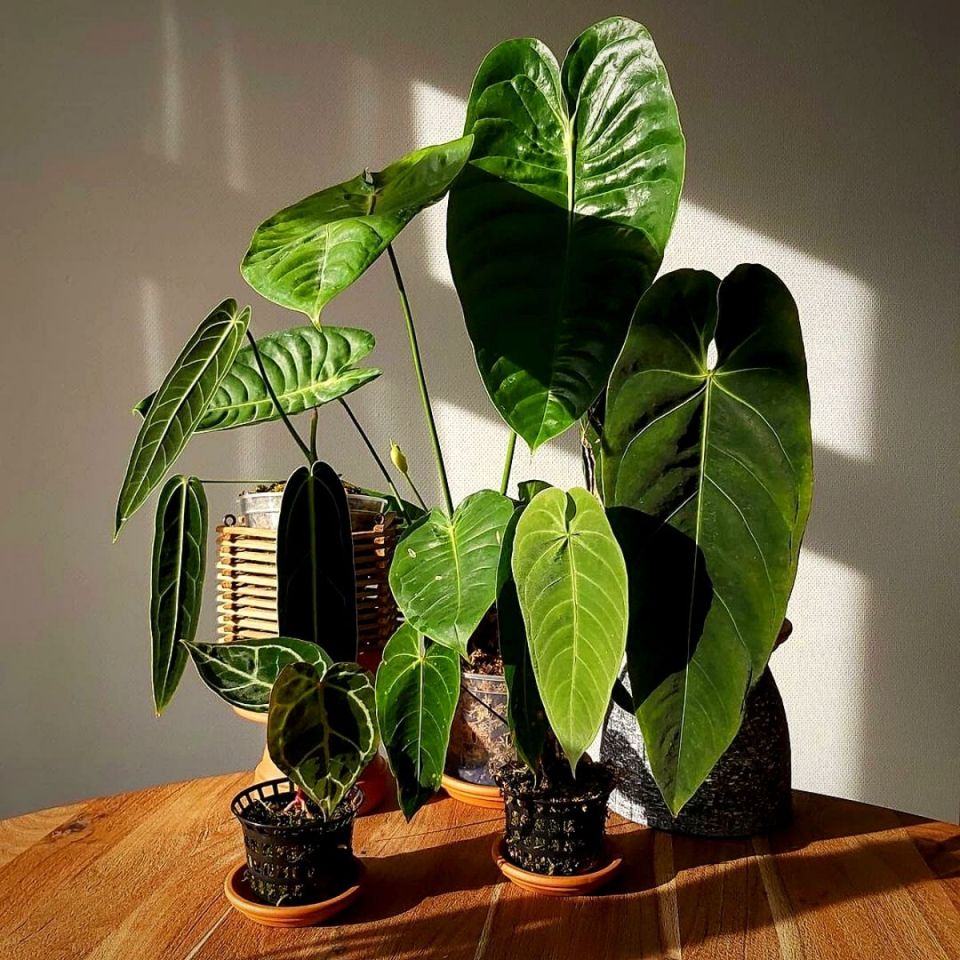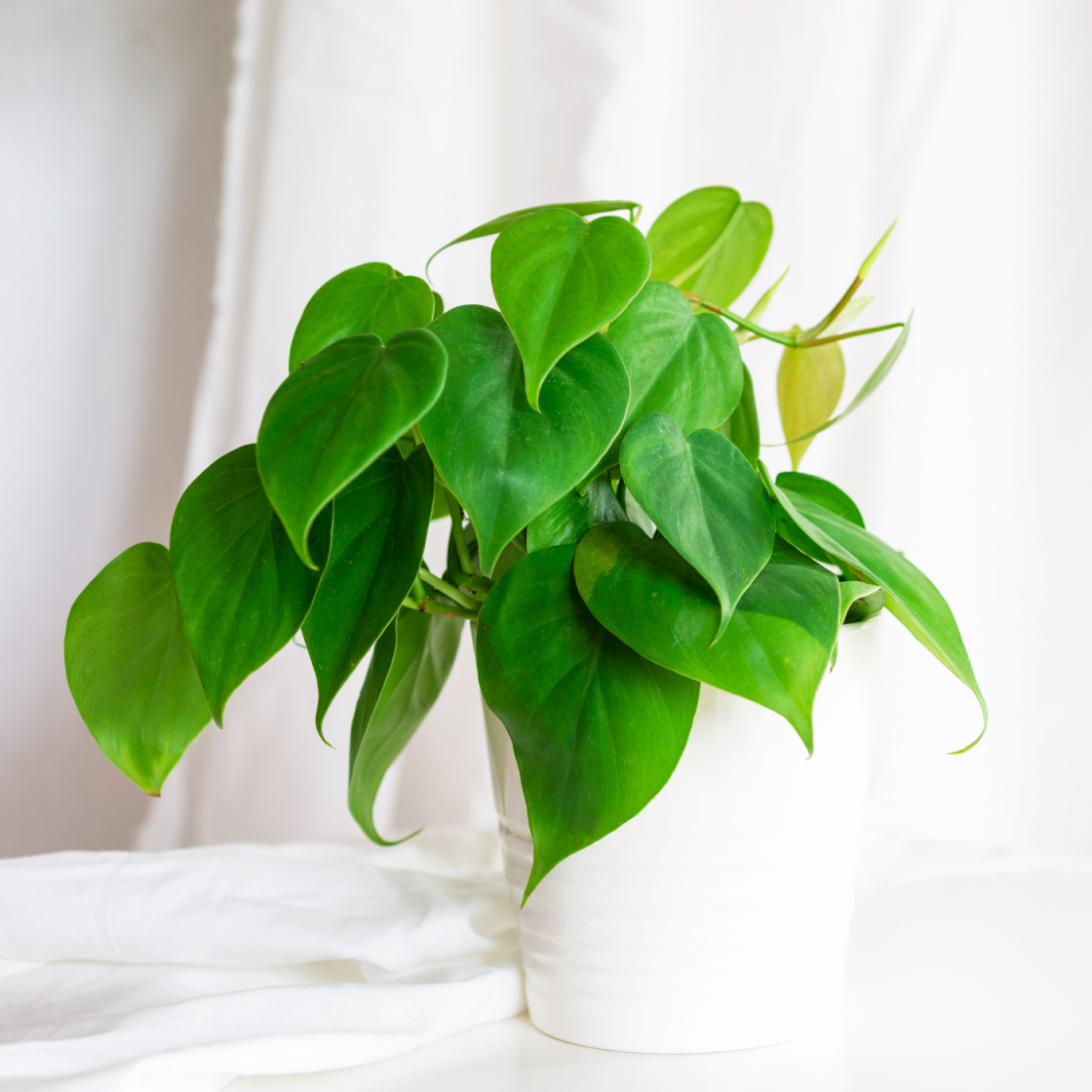Love In Bloom: Unveiling The Beauty Of Heart-Shaped Leaf Houseplants

House Plant with Heart Shaped Leaves: A Perfect Addition to Your Indoor Garden
What do you mean by a house plant with heart-shaped leaves?
A house plant with heart-shaped leaves refers to any type of indoor plant that exhibits foliage in the shape of a heart. These plants not only add a touch of beauty and elegance to any space but also have numerous benefits for your physical and mental well-being. The heart-shaped leaves symbolize love and are a popular choice for those looking to enhance their home or office environment.
How to identify a house plant with heart-shaped leaves?
Identifying a house plant with heart-shaped leaves is relatively easy, as the name suggests. Look for plants that have distinct heart-shaped foliage, with a broad base and a pointed tip. The leaves can vary in size and color, depending on the specific plant species. Some common examples include the Philodendron heartleaf, Hoya kerrii (also known as the Sweetheart Plant), and the Anthurium andraeanum (Flamingo Lily).
What is known about the benefits of these plants?

House plants with heart-shaped leaves offer numerous benefits that make them a popular choice among indoor gardening enthusiasts. Firstly, they improve the air quality by removing toxins and releasing oxygen, promoting a healthier living environment. These plants also help to increase humidity levels, making them ideal for dry indoor spaces. In addition, they have a calming effect and can reduce stress and anxiety, leading to enhanced mental well-being.
Furthermore, house plants with heart-shaped leaves are known to boost productivity and creativity. Studies have shown that having greenery in your workspace can improve focus and concentration, leading to higher work efficiency. These plants also add a visual appeal to your surroundings, creating a sense of tranquility and peace.
Solution: Choosing the perfect house plant with heart-shaped leaves

When it comes to selecting the perfect house plant with heart-shaped leaves, there are several factors to consider. Firstly, evaluate the lighting conditions of the space where you plan to keep the plant. Some plants require bright, indirect light, while others can thrive in low-light conditions.
Next, consider the maintenance requirements. If you’re a beginner or have a busy lifestyle, opt for plants that are relatively easy to care for and require minimal attention. On the other hand, if you enjoy the challenge of caring for more delicate plants, you can choose species that require more specialized care.
It’s also essential to consider the size of the plant and how it will fit into your existing decor. Some heart-shaped plants, such as trailing vines, are perfect for hanging baskets, while others can be placed on tabletops or shelves.
Information: Popular house plants with heart-shaped leaves
1. Philodendron heartleaf (Philodendron hederaceum): This versatile plant features heart-shaped leaves with a glossy appearance. It can adapt to various light conditions and is relatively easy to care for, making it an excellent choice for beginners.
2. Hoya kerrii (Sweetheart Plant): This adorable plant has heart-shaped leaves that are thick and fleshy. It thrives in bright, indirect light and requires well-draining soil. The Sweetheart Plant is often gifted as a symbol of love and devotion.
3. Anthurium andraeanum (Flamingo Lily): Known for its striking heart-shaped, red or pink flowers, the Flamingo Lily is a popular choice for those seeking a vibrant addition to their indoor garden. It requires bright, indirect light and consistent humidity.
4. Epipremnum aureum (Golden Pothos): While not exclusively heart-shaped, the Golden Pothos features heart-like leaves with beautiful marbling patterns. This trailing vine is extremely resilient and can tolerate a wide range of lighting conditions.
5. Ceropegia woodii (String of Hearts): This unique plant has heart-shaped leaves that grow on long trailing stems, creating an enchanting cascading effect. It prefers bright, indirect light and well-draining soil.
Conclusion
A house plant with heart-shaped leaves adds charm and beauty to any indoor space. Beyond their aesthetic appeal, these plants have numerous benefits for your well-being, including improved air quality, increased humidity, and reduced stress levels. By carefully selecting the right plant for your space and considering its lighting and care requirements, you can enjoy the joys of owning a house plant with heart-shaped leaves.
Frequently Asked Questions (FAQs)
1. Do all heart-shaped house plants require bright light?
No, not all heart-shaped house plants require bright light. Some species, like the Philodendron heartleaf and Golden Pothos, can tolerate lower light conditions, while others, like the Flamingo Lily, thrive in bright, indirect light.
2. How often should I water my house plant with heart-shaped leaves?
The watering frequency depends on the specific plant and its moisture requirements. It’s essential to allow the soil to dry out partially between waterings to prevent overwatering, which can lead to root rot. Regularly check the moisture level by touching the top few inches of soil and adjust your watering schedule accordingly.
3. Can I propagate my heart-shaped house plant?
Yes, many heart-shaped house plants can be easily propagated. Methods such as stem cuttings, division, or leaf cuttings can be used to create new plants. Research the specific propagation technique for your plant species and follow the instructions carefully for the best chances of success.
4. Do heart-shaped house plants attract pests?
Like any other house plant, heart-shaped house plants can be susceptible to pests such as aphids or spider mites. Regularly inspect your plants for signs of infestation, such as yellowing leaves, webbing, or small insects. If detected, treat the pests promptly using appropriate organic or chemical methods.
5. Which heart-shaped house plant is best for beginners?
If you’re new to indoor gardening, the Philodendron heartleaf and Golden Pothos are excellent choices. Both plants are relatively easy to care for, forgiving of occasional neglect, and can adapt to various light conditions. Start with these plants to gain confidence and gradually explore other heart-shaped house plants as you develop your green thumb.

I am a beginner writer who continues to learn and consistently creates informative articles to express the ideas that I master.